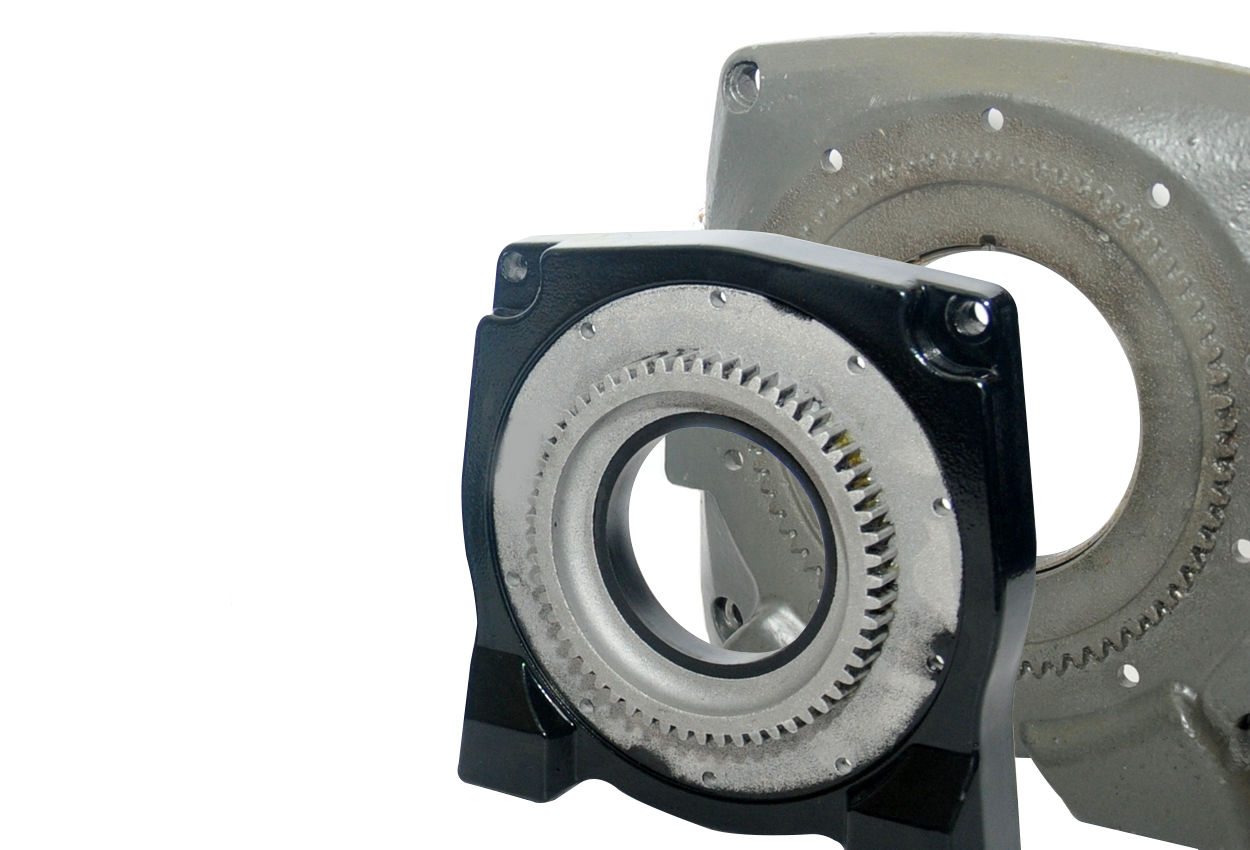Different Winch Gear Types

There are three main gearing types in modern winches and the system that’s being used in your Dragon Winch will depend on the job your winch has and the weight it’s likely to be pulling.
That’s why Dragon Winches use thick, robust teeth which prevent this from happening but in terms of gearing systems, there are three main types used within all winch types. We often get asked why the different systems for different jobs so we wanted to take the opportunity to explain how the three systems work.
1 – Spur Gears
The most common gearing system is the spur gear, which connects parallel shafts through internal or external teeth that cause zero external thrust between gears. They are a robust and effective way of doing the job a winch needs.
The speed of Spur Gears and the change of force they create depends on the gear ratio or number of teeth that mesh. One gear sits on the motor’s input axle while the other sits on the output axle of the wheel. Thanks for the higher contact ratio, Spur Gears run smoothly and quietly and, due to their internal workings, are great at keeping corrosion at bay.
2 – Worm Gears
We use worm gears in the Truck 1200 HD. Worm gears are made up of two parts – the pinion and the worm gear. The pinion has a number of teeth wrapped around the pitch cylinder, while the worm gear has concave faces to fit the curvature of the worm. This is beneficial as it provides an entire line of contact, rather than just a single point of contact. As a result, worm gears are capable of transmitting high tooth loads for the power ratio. The disadvantage of wear gears is the high sliding velocities that can run across the teeth.
3 – Planetary Gear System
A Planetary Gear System is a set of gears inside a larger gear. They are used to turn the input in the same direction as the output and enable drastic gear ratios. The name is down to the internal workings, which look like a small sun in the centre with planets revolving around it. The ‘planetary’ gears turn around a movable centre while the sun gear turns on a fixed centre.
The gear in the centre of the larger gear engages two or three smaller gears in the same larger gear. That may sound complicated but as a result planetary gears can be used to produce different gear ratios depending on which gear is used as the input.
4 – Efficiency
All these gearing systems are built to do the same job – gearing down a high-speed electric motor to turn a low-speed, high-torque winch – but their efficiencies vary.
The worm gear is the lowest performing here, with a transfer efficiency of 35-40%, which can cause the winch to break under heavy loads. The spur gear has the highest transfer efficiency of around 75%, with Planetary Gear Systems not too far off on around 65%.
Due to the requirements of the majority of our winches, Dragon Winch products utilise spur gears and worm gears – with worm gears being utilised for heavier, longer loads. If you want to find out more about how our winches work, get in touch via the instant messaging feature on the website.
16th Oct 2017
FOLLOW US